The Quiet Architecture of Informality: Negotiating Space Through Agency
Abstract
1. Introduction
1.1. Context
1.2. Key Concepts
1.2.1. Quiet Reshaping
1.2.2. Tacit Tolerance
1.2.3. Adaptive Transformation and the Expression of Cultural Identity
1.2.4. Negotiation Between Formal Regulations and Lived Realities
1.3. Research Gaps
1.3.1. From Micro Case-Studies to City-Wide Evidence
1.3.2. Linking Everyday Tactics to Regulatory Impasses
1.3.3. Intersecting Socio-Cultural Motives with Market Logics
2. Materials and Methods
2.1. Conceptual Framework
2.1.1. Design Logic
- Actor-centered techniques—resident focus group discussions and structured interviews with residents.
- Metropolitan morphological scans—geolocated housing photographs and diachronic Google Earth imagery (2005–2025).
2.1.2. Data Collection Instruments
2.1.3. Analytical Categories: Reactive and Proactive Modifications
- The term reactive modifications refers to informal changes that respond directly to immediate spatial or social pressures. Such pressures may stem from family growth, the demand for more privacy, or the absence of necessary domestic infrastructure. These changes are commonly implemented with little delay, limited funding, and minimal formal design. Example: A hastily enclosed balcony to accommodate a growing family.
- Proactive forms of housing modification reveal a deliberate and aspirational logic. These changes are typically motivated by a desire to increase long-term property worth, improve residential comfort, or elevate the building’s appearance. They are usually pre-planned, carried out over time, and require more resources and purposeful design strategies. Example: Constructing a landscaped entrance or rooftop terrace to increase resale appeal or convey status.
2.1.4. Expected Outcomes
2.2. Sample Recruitment and Case Selection
2.3. Data Collection Procedures
2.4. Data Analysis Strategy
3. Results
3.1. Reactive Informality–The Needs
3.1.1. Family Needs
3.1.2. Spatial Dichotomy Needs
3.1.3. Security Needs
- Architectural Scale Security Needs
- b.
- Neighborhood Scale Security Needs
3.2. Proactive Informality–The Drivers
3.2.1. Aestheticism
3.2.2. Informality as an Economic Strategy
3.2.3. The Pragmatism of Urban Informality
3.3. Methods of Informality–The Tools
3.3.1. Timely Contextual Adaptations
3.3.2. Adaptive Labeling
3.3.3. Phased and Additive Temporality
3.4. Impacts of Informality–The Outcomes
3.4.1. Increased Affordability and the Informal Economy
3.4.2. The Paradox of Social Cohesion and Fragmentation
3.4.3. Perils of Unregulated Extensions
4. Discussion
4.1. Informality as Socio-Spatial Expression
4.1.1. Mirroring and Tacit Consensus: How Informality Spreads and Stabilizes
4.1.2. The Concept of “bab ddar” or Door of the House
4.1.3. Informality, Insecurity, and Boundary Disputes
4.2. Addressing Gaps and Critical Reflections
4.2.1. Cross-Class Ethnography of Housing Informalities
4.2.2. Mechanisms of Informal Diffusion and Social Legitimacy
4.2.3. Alternative Interpretations and Study Limitations
5. Conclusions
5.1. Embedding Informality in Moroccan Urban Context
5.2. Policy Recommendations for Moroccan Urban Planning
5.3. Theoretical Contributions to Informality Studies
5.4. Directions for Future Research
5.5. Balancing Strengths and Challenges of Informality
Author Contributions
Funding
Data Availability Statement
Conflicts of Interest
References
- De Soto, H. The Other Path: The Invisible Revolution in the Third World; HarperCollins: London, UK, 1989. [Google Scholar]
- AlSayyad, N.; Roy, A. Urban Informality: Transnational Perspectives from the Middle East, Latin America, and South Asia; Lexington Books: Lanham, MD, USA, 2004. [Google Scholar]
- Davis, M. Planet of Slums; Verso: London, UK, 2006. [Google Scholar]
- Chiodelli, F.; Maslova, S.; Vasudevan, A. Three theses on informal housing in Europe. Eur. Urban Reg. Stud. 2024, 31, 319–327. [Google Scholar] [CrossRef]
- Chiodelli, F. The dark side of urban informality in the Global North: Housing illegality and organized crime in Northern Italy. Int. J. Urban Reg. Res. 2019, 43, 497–516. [Google Scholar] [CrossRef]
- Roy, A. Urban Informality: Toward an Epistemology of Planning. J. Am. Plan. Assoc. 2005, 71, 147–158. [Google Scholar] [CrossRef]
- Varley, A. Postcolonialising Informality? Environ. Plan. D Soc. Space 2013, 31, 4–22. [Google Scholar] [CrossRef]
- Kamalipour, H.; Dovey, K. Incremental production of urban space: A typology of informal design. Habitat Int. 2020, 98, 102133. [Google Scholar] [CrossRef]
- Bensouda, O.; Benkirane, I.M.; Becue, V.; Cenci, J. Adaptive housing mechanisms within resettlement sites: A case study of Ouled M’Barek resettlement program, Kenitra, Morocco. Urban Plan. Transp. Res. 2024, 12, 2304595. [Google Scholar] [CrossRef]
- Allal, A.; Dehimi, S.; Bediar, A.; Benaissa, F.T. The deterioration of residential neighborhoods and the challenges of developing them in Algerian cities. A case study of a neighborhood of 600 dwellings in the city of M’sila. Tech. Soc. Sci. J. 2023, 39, 799–811. [Google Scholar] [CrossRef]
- Bouhlal, M.; Khalfalla, B. The Relationship between the Resident and Deterioration in Post-Occupied Collective Residential Neighborhoods the Case of the City of M sila. Int. J. Innov. Stud. Sociol. Humanit. 2022, 7, 1–10. [Google Scholar] [CrossRef]
- Mohamed, F.; Belkacem, D. Interference between economic activities and housing and the appearance of conflicts of use: Case of new urban housing area of Daksi, Constantine, Algeria. Int. J. Innov. Stud. Sociol. Humanit. 2022, 7, 54–65. [Google Scholar] [CrossRef]
- Diaf, I.; Lifa, A.; Benlakhlef, B. A New Type of Housing Integrated into the Algerian Urban Landscape. J. Settl. Spat. Plan. 2023, 14, 1–12. [Google Scholar] [CrossRef]
- Farida, N.; Fatiha, B. Change in Intervention Strategies on Spontaneous Permanent Housing in Algeria: From Care-lessness to a Quickly Abandoned Participatory Development. Int. J. Innov. Stud. Sociol. Humanit. 2022, 7, 31–41. [Google Scholar] [CrossRef]
- Azzouzi, A. L’espace non planifié entre lois et réalité: Cas du quartier ‘Diar Zitoun’ (Est algérien). Geogr. Noteb. 2024, 7, 27–42. [Google Scholar] [CrossRef]
- Roufeida, A.; Dalel, F.; Hadia, B.; Leila, B.; Amina, N. The urban evolution ouad El Had: From a minor urban extension to an infamous and illicit neighborhood. Int. J. Innov. Technol. Soc. Sci. 2024, 3, 1–9. [Google Scholar] [CrossRef]
- Rafieian, M.; Kianfar, A. Gaps in urban planning: A systematic review of policy-making in the informality of urban space. Habitat Int. 2023, 142, 102962. [Google Scholar] [CrossRef]
- Salama, A.H.; Wanas, A.; Abdel-Moneim, N.M. Transforming Cairo’s downtown with tactical urbanism: Translating informal activities into formal enhancements for a thriving urban life. Ain Shams Eng. J. 2023, 15, 102504. [Google Scholar] [CrossRef]
- Makachia, P.A. Design strategy and informal transformations in urban housing. J. Hous. Built Environ. 2013, 28, 167–186. [Google Scholar] [CrossRef]
- Sulas, F.; Isendahl, C. (In-)formal settlement to whom? Archaeology and old urban agendas for sustainability transitions in Ethiopia. Urban Stud. 2025, 62, 581–599. [Google Scholar] [CrossRef]
- Kamalipour, H.; Peimani, N. Informal urbanism in the state of uncertainty: Forms of informality and urban health emergencies. Urban Des. Int. 2021, 26, 122–134. [Google Scholar] [CrossRef]
- Benjamin, S. Occupancy Urbanism: Radicalizing Politics and Economy beyond Policy and Programs. Int. J. Urban Reg. Res. 2008, 32, 719–729. [Google Scholar] [CrossRef]
- Scott, J.C. Seeing Like a State: How Certain Schemes to Improve the Human Condition Have Failed; Yale University Press: London, UK, 1998. [Google Scholar]
- Roy, A. Slumdog Cities: Rethinking Subaltern Urbanism. Int. J. Urban Reg. Res. 2011, 35, 223–238. [Google Scholar] [CrossRef]
- Escallier, R. Ville et informalité dans les pays du monde arabe. Cah. Méditerranée 1998, 56, 39–85. [Google Scholar] [CrossRef]
- Navez-Bouchanine, F. Villes, associations, aménagement au Maroc. Quelques clés de lecture. Ann. Rech. Urbaine 2001, 89, 112–119. [Google Scholar] [CrossRef]
- Mrani, R.; Chenal, J.; Radoine, H. Informalities as Resistance: Case Study of a Middle-Class Housing Neighborhood in Rabat, Morocco. J. Eng. 2022, 10, 31–47. [Google Scholar]
- McFarlane, C. Rethinking Informality: Politics, Crisis, and the City. Plan. Theory Pract. 2012, 13, 89–108. [Google Scholar] [CrossRef]
- Guerra, J.L.S.; Esteban, A.S.; Del Caz Enjuto, R. Tolerance in City Planning as a central element for understanding the transformation of the urban fabric of a historic city: Applying the Plan Cort in Valladolid under Franco’s dictatorship. Int. Plan. Hist. Soc. Proc. 2024, 20, 191–206. [Google Scholar]
- Erman, T. Formalization by the State, Re-Informalization by the People: A Gecekondu Transformation Housing Estate as Site of Multiple Discrepancies. Int. J. Urban Reg. Res. 2016, 40, 425–440. [Google Scholar] [CrossRef]
- Tipple, A.G.; Owusu, S.E.; Pritchard, C. User-Initiated Extensions in Government-Built Estates in Ghana and Zimbabwe: Unconventional but Effective Housing Supply. Afr. Today 2004, 51, 79–105. [Google Scholar] [CrossRef]
- Obeidat, B.; Abed, A.; Gharaibeh, I. Privacy as a motivating factor for spatial layout transformation in Jordanian public housing. City Territ. Arch. 2022, 9, 14. [Google Scholar] [CrossRef]
- Mehanna, W.; Mehanna, W. Place-making as an Approach to Develop Informal Housing Area’s Urban Spaces. Archit. City Environ. 2023, 18, 11833. [Google Scholar] [CrossRef]
- Dovey, K. Informalising Architecture: The Challenge of Informal Settlements. Arch. Des. 2013, 83, 82–89. [Google Scholar] [CrossRef]
- Makachia, P.A. Transformation of Housing in Nairobi Dweller Initiated Transformations in Formal Housing in Nairobi Estates with Case Studies of Kaloleni and Buru-Buru Estates. Ph.D. Thesis, University of Nairobi, Nairobi, Kenya, 2010. [Google Scholar]
- Simões, G.M.F.; Leder, S.M. From informal settlements to serial housing in Brazil: Conflicts and spatial fragmentation in the adaptation to a new form of living. Rev. Bras. Estud. Urbanos Reg. 2024, 26, e202424pt. [Google Scholar] [CrossRef]
- Pinson, D. Pour une approche éco-ethno-urbaine de l’habiter. In Désirs D’Habiter: Quelles Réponses des Urbanistes aux Nouvelles Attentes des Habitants? HAL-SHS: Lyon, France, 2004. [Google Scholar]
- Sassen, S. The Global City: New York, London, Tokyo; Princeton University Press: Princeton, NJ, USA, 2001. [Google Scholar]
- Mrani, R.; Chenal, J.; Radoine, H.; Yakubu, H. Housing Informalities Between Formal Designs and Informal Reality. Architecture 2025, 5, 18. [Google Scholar] [CrossRef]
- Gilbert, N. Researching Social Life, 2nd ed.; Sage: Thousand Oaks, CA, USA, 2002. [Google Scholar]
- Devlin, A.S. The Research Experience: Planning, Conducting, and Reporting Research; Sage: Thousand Oaks, CA, USA, 2018. [Google Scholar]
- Deboulet, A. Contrer la précarité par la sécurisation foncière et la légalisation. Rev. Tiers Monde 2011, 206, 75–93. [Google Scholar] [CrossRef]
- Mrani, R.; Radoine, H.; Chenal, J.; Kamana, A. Trends, Methods, Drivers, and Impacts of Housing Informalities (HI): A Systematic Literature Review. Urban Sci. 2025, 9, 101. [Google Scholar] [CrossRef]
- Acocella, I. The focus groups in social research: Advantages and disadvantages. Qual. Quant. 2012, 46, 1125–1136. [Google Scholar] [CrossRef]
- Almutrafi, F. The What, Why and How of Conducting Focus-Group Research. Int. J. Lang. Linguist. 2019, 7, 235–239. [Google Scholar] [CrossRef]
- Böser, U. Researching Translation and Interpreting; Routledge: Oxfordshire, UK, 2015. [Google Scholar] [CrossRef]
- Toner, J. Small is not too Small. Qual. Soc. Work. 2009, 8, 179–192. [Google Scholar] [CrossRef]
- Wheelan, S.A. Group Size, Group Development, and Group Productivity. Small Group Res. 2009, 40, 247–262. [Google Scholar] [CrossRef]
- Sietchiping, R. Prospective Slum Policies: Conceptualization and Implementation of a Proposed Informal Settlement Growth Model. Melbourne. 2005. Available online: https://www.researchgate.net/publication/228933081_Prospective_Slum_Policies_Conceptualization_and_Implementation_of_a_Proposed_Informal_Settlement_Growth_Model (accessed on 26 June 2025).
- Goytia, C.; Heikkila, E.J.; Pasquini, R.A. Do land use regulations help give rise to informal settlements? Evidence from Buenos Aires. Land Use Policy 2022, 125, 106484. [Google Scholar] [CrossRef]
- Maina, J.J. Uncomfortable prototypes: Rethinking socio-cultural factors for the design of public housing in Billiri, north east Nigeria. Front. Arch. Res. 2013, 2, 310–321. [Google Scholar] [CrossRef]
- Fombe, L.F. Housing dynamics and informal businesses in built-up areas of major cities in Cameroon. J. Hum. Ecol. 2012, 40, 167–175. [Google Scholar] [CrossRef]
- Bayat, A. Life as Politics: How Ordinary People Change the Middle East; Stanford University Press: Redwood City, CA, USA, 2010. [Google Scholar]
- Durst, N.J.; Wegmann, J. Informal Housing in the United States. Int. J. Urban Reg. Res. 2017, 41, 282–297. [Google Scholar] [CrossRef]
- Caldeira, T.P.R. City of Walls: Crime, Segregation and Citizenship in São Paulo; University of California Press: Oakland, CA, USA, 2000; Available online: https://www.ucpress.edu/books/city-of-walls/paper (accessed on 26 June 2025).
- Hakim, B.S. Arabic–Islamic Cities: Building and Planning Principles. 2008. Available online: https://www.amazon.fr/Arabic-Islamic-Cities-Building-Planning-Principles/dp/0968318428 (accessed on 26 June 2025).
- Morton, D. The shape of aspiration: Clandestine masonry house construction in Lourenço Marques, Mozambique (1960–75). J. Afr. Hist. 2018, 59, 283–304. [Google Scholar] [CrossRef]
- Ascensão, E. Interfaces of informality. City 2016, 20, 563–580. [Google Scholar] [CrossRef]
- Porter, L.; Lombard, M.; Huxley, M.; Ingin, A.K.; Islam, T.; Briggs, J.; Rukmana, D.; Devlin, R.; Watson, V. Informality, the Commons and the Paradoxes for Planning: Concepts and Debates for Informality and Planning Self-Made Cities: Ordinary Informality? The Reordering of a Romany Neighbourhood the Land Formalisation Process and the Peri-Urban Zone of Dar es Salaam, Tanzania Street Vendors and Planning in Indonesian Cities Informal Urbanism in the USA: New Challenges for Theory and Practice Engaging with Citizenship and Urban Struggle Through an Informality Lens. Plan. Theory Pract. 2011, 12, 115–153. [Google Scholar] [CrossRef]
- Carrasco, S.; Ochiai, C.; Okazaki, K. Impacts of resident-initiated housing modifications in resettlement sites in Cagayan de Oro, Philippines. Int. J. Disaster Risk Reduct. 2016, 17, 100–113. [Google Scholar] [CrossRef]
- Etikan, I.; Musa, S.A.; Alkassim, R.S. Comparison of Convenience Sampling and Purposive Sampling. Am. J. Theor. Appl. Stat. 2016, 5, 1–4. [Google Scholar] [CrossRef]
- Goodman, L.A. Snowball Sampling. Ann. Math. Stat. 1961, 32, 148–170. [Google Scholar] [CrossRef]
- Graham, K.; Bernards, S.; Clapp, J.D.; Dumas, T.M.; Kelley-Baker, T.; Miller, P.G.; Wells, S. Street intercept method: An innovative approach to recruiting young adult high-risk drinkers. Drug Alcohol Rev. 2014, 33, 449–455. [Google Scholar] [CrossRef]
- Golinelli, D.; Tucker, J.S.; Ryan, G.W.; Wenzel, S.L. Strategies for Obtaining Probability Samples of Homeless Youth. Field Methods 2015, 27, 131–143. [Google Scholar] [CrossRef]
- Patton, M.Q. Qualitative Evaluation and Research Methods; SAGE Publications: Thousand Oaks, CA, USA, 1990; Available online: https://books.google.co.ma/books/about/Qualitative_Evaluation_and_Research_Methods.html?id=XRO2AAAAIAAJ&redir_esc=y. (accessed on 26 June 2025).
- De Soto, H. The Mystery of Capital: Why Capitalism Triumphs in the West and Fails Everywhere Else; Basic Books: New York, NY, USA, 2000. [Google Scholar]
- Durand-Lasserve, A.; Selod, H. The Formalisation of Urban Land Tenure in Developing Countries. In Proceedings of the World Bank 2007 Urban Research Symposium, Washington, DC, USA, 14–16 May 2007; World Bank: Washington, DC, USA, 2007. [Google Scholar]
- Pinson, D. Modèles D’habitat et Contre-Types Domestiques au Maroc; HAL-SHS: Lyon, France, 1992. [Google Scholar]
- Cavalcanti, A.R.C. Work as a Housing Right. In Urban Informality Shaped by Labor; Cavalcanti, A.R.C., Ed.; TU Delft, A+BE: Delft, The Netherlands, 2019; Volume 8, pp. 125–156. [Google Scholar]
- Goytia, C.; Pasquini, R. Housing Informality: The Land Use Regulation Link to Informal Tenure in Developing Countries, Documento de Trabajo, WP10CC1; Universidad Torcuato Di Tella: Buenos Aires, Argentina, 2016. [Google Scholar] [CrossRef]
- Ijeoma, C.-U.M.; Saidu, A.M. The nature of post-occupancy modifications of selected low-income housing estates in Nigeria. J. Civ. Eng. Environ. Sci. 2022, 8, 12–17. [Google Scholar] [CrossRef]
- Choi, J.Y.; Choi, J. Cultural Imprints on Urban Housing: A Spatial Analysis of Apartment Designs in Kenya, Ghana, and South Africa. Buildings 2024, 14, 3526. [Google Scholar] [CrossRef]
- Abed, A.; Obeidat, B.; Gharaibeh, I. The impact of socio-cultural factors on the transformation of house layout: A case of public housing—Zebdeh-Farkouh, in Jordan. J. Asian Arch. Build. Eng. 2023, 22, 1195–1208. [Google Scholar] [CrossRef]
- Chiodelli, F.; Coppola, A.; Belotti, E.; Berruti, G.; Marinaro, I.C.; Curci, F.; Zanfi, F. The production of informal space: A critical atlas of housing informalities in Italy between public institutions and political strategies. Prog. Plan. 2021, 149, 100495. [Google Scholar] [CrossRef]
- Malik, S.; Roosli, R.; Tariq, F. Investigation of informal housing challenges and issues: Experiences from slum and squatter of Lahore. J. Hous. Built Environ. 2020, 35, 143–170. [Google Scholar] [CrossRef]
- Usman, M.; Maslova, S.; Burgess, G.; Holmes, H. Formal and informal dimensions of housing allocation: Housing actors and gatekeepers of low-income migrants’ access to housing in the Bronx, New York City. J. Hous. Built Environ. 2024, 39, 1423–1442. [Google Scholar] [CrossRef]
- Nix, E.; Paulose, J.; Shrubsole, C.; Altamirano-Medina, H.; Davies, M.; Khosla, R.; Belesova, K.; Wilkinson, P. Evaluating Housing Health Hazards: Prevalence, Practices and Priorities in Delhi’s Informal Settlements. J. Urban Health 2020, 97, 502–518. [Google Scholar] [CrossRef]
- Miraftab, F. Revisiting Informal-Sector Home Ownership: The Relevance of Household Composition for Housing Options of the Poor. Int. J. Urban Reg. Res. 1997, 21, 303–322. [Google Scholar] [CrossRef]
- Freeman, L. Household composition and housing assistance. Cityscape 2005, 8, 49–67. Available online: https://www.jstor.org/stable/20868592 (accessed on 26 June 2025).
- Ulker, A. Household Composition and Housing Expenditures in Rental-Occupied and Owner-Occupied Markets. Fam. Consum. Sci. Res. J. 2008, 36, 189–207. [Google Scholar] [CrossRef]
- AlSayyad, N. INFORMAL HOUSING IN A COMPARATIVE PERSPECTIVE: On Squatting, Culture, and Development in a Latin American and a Middle Eastern Context. Rev. Urban Reg. Dev. Stud. 1993, 5, 3–18. [Google Scholar] [CrossRef]
- Oluwole, O.A. The Urban Housing Crisis and a Cultural Framework for Housing Policy: The Ajegunle Community Case Study. Ph.D. Thesis, Nottingham Trent University, Nottingham, UK, 2011. [Google Scholar]
- Radoine, H.; Mrani, R. La civitas islamique des trois cités maghrébines: Approche analytique de résilience urbaine. Hesperis Tamuda 2001, 56, 273–297. Available online: https://www.africabib.org/htp.php?RID=A00008994 (accessed on 26 February 2025).
- Guedes, R.; Iachan, F.S.; Sant’aNna, M. Housing supply in the presence of informality. Reg. Sci. Urban Econ. 2023, 99, 103875. [Google Scholar] [CrossRef]
- Yonder, A. Informal Land and Housing Markets: The Case of Istanbul, Turkey. J. Am. Plan. Assoc. 1987, 53, 213–219. [Google Scholar] [CrossRef]
- Ferreri, M.; Sanyal, R. Digital informalisation: Rental housing, platforms, and the management of risk. Hous. Stud. 2022, 37, 1035–1053. [Google Scholar] [CrossRef]
- Simões, G.M.F.; Leder, S.M. More space, please: Spatial adaptations (modifications) and their impact on the habitability of Social Houses. Ambiente Construído 2022, 22, 7–29. [Google Scholar] [CrossRef]
- Sheuya, S.A. Reconceptualizing housing finance in informal settlements: The case of Dar es Salaam, Tanzania. Environ. Urban. 2007, 19, 441–456. [Google Scholar] [CrossRef]
- Kavaarpuo, G.; Mintah, K.; Donkor-Hyiaman, K.A. Financing Housing Development in an Underdeveloped Financial Market: Learning from Developers’ Financing Adaptations? Hous. Policy Debate 2024, 34, 918–945. [Google Scholar] [CrossRef]
- Akinwande, T.; Hui, E.C. Effective affordable housing provision in developing economies: A deductive analysis of informal housing strategies in Lagos, Nigeria. Cities 2024, 149, 104964. [Google Scholar] [CrossRef]
- Cortés-Urra, V.; Ersoy, A.; Czischke, D.; Gruis, V. The potential of collaborative housing to tackle the social deficit of housing: The Chilean case. J. Hous. Built Environ. 2024, 39, 697–725. [Google Scholar] [CrossRef]
- Lassen, D.D. Ethnic divisions, trust, and the size of the informal sector. J. Econ. Behav. Organ. 2007, 63, 423–438. [Google Scholar] [CrossRef]
- Valenzuela, H.M. Informalidad y heterogeneidad social: Eficiencia y cooperación en comunidades y sociedades. Diálogos Latinoam. 2019, 20, 57–76. [Google Scholar] [CrossRef]
- Liao, C.; Varcoe, C.; Brown, H.; Pike, I. Beyond individual factors: A critical ethnographic account of urban residential fire risks, experiences, and responses in single-room occupancy (SRO) housing. BMC Public Health 2024, 24, 2343. [Google Scholar] [CrossRef] [PubMed]
- Meacham, B.J. Fire safety of existing residential buildings: Building regulatory system gaps and needs. Fire Saf. J. 2023, 140, 103902. [Google Scholar] [CrossRef]
- Lafi, M.W.; Alkhalifa, H.E.; Jiwane, A.V. Identifying the issues leading to residents’ modifications in Bahraini subsidized housing units. Front. Built Environ. 2023, 9, 1154546. [Google Scholar] [CrossRef]
- Martínez, S.V. The Formal Production of Informal Housing for the Rich: Informality Pathways in the Eastern Hills of Bogotá. Int. J. Urban Reg. Res. 2024, 48, 1079–1100. [Google Scholar] [CrossRef]
- Ivancheva, M.; Krastev, S. Eyes wide shut. Focaal 2019, 2019, 18–32. [Google Scholar] [CrossRef]
- Sassen, S. The Repositioning of Citizenship: Emergent Subjects and Spaces for Politics. CR New Centen. Rev. 2003, 3, 41–66. [Google Scholar] [CrossRef]
- Nkurunziza, E. Informal mechanisms for accessing and securing urban land rights: The case of Kampala, Uganda. Environ. Urban. 2007, 19, 509–526. [Google Scholar] [CrossRef]
- Boumediene, S. Maghrebi perceptions of the sanctity of his home. Insaniyat 2007, 37, 49–66. [Google Scholar] [CrossRef]
- Hakim, B.S. Mediterranean urban and building codes: Origins, content, impact, and lessons. Urban Des. Int. 2008, 13, 21–40. [Google Scholar] [CrossRef]
- Sharp, D. Haphazard urbanisation: Urban informality, politics and power in Egypt. Urban Stud. 2022, 59, 734–749. [Google Scholar] [CrossRef]
- O’BRien, D.; Carrasco, S. Contested incrementalism: Elemental’s Quinta Monroy settlement fifteen years on. Front. Arch. Res. 2021, 10, 263–273. [Google Scholar] [CrossRef]
- Boonyabancha, S. Baan Mankong: Going to scale with ‘slum’ and squatter upgrading in Thailand. Environ. Urban. 2005, 17, 21–46. [Google Scholar] [CrossRef]
- Martí-Costa, M.; Tomàs, M. Urban governance in Spain: From democratic transition to austerity policies. Urban Stud. 2017, 54, 2107–2122. [Google Scholar] [CrossRef]
- Chiu, C. Greening informality through metabolic coordination: An urban political ecology of governing extralegal housing forms in Taiwan. Urban Stud. 2024, 61, 1127–1146. [Google Scholar] [CrossRef]
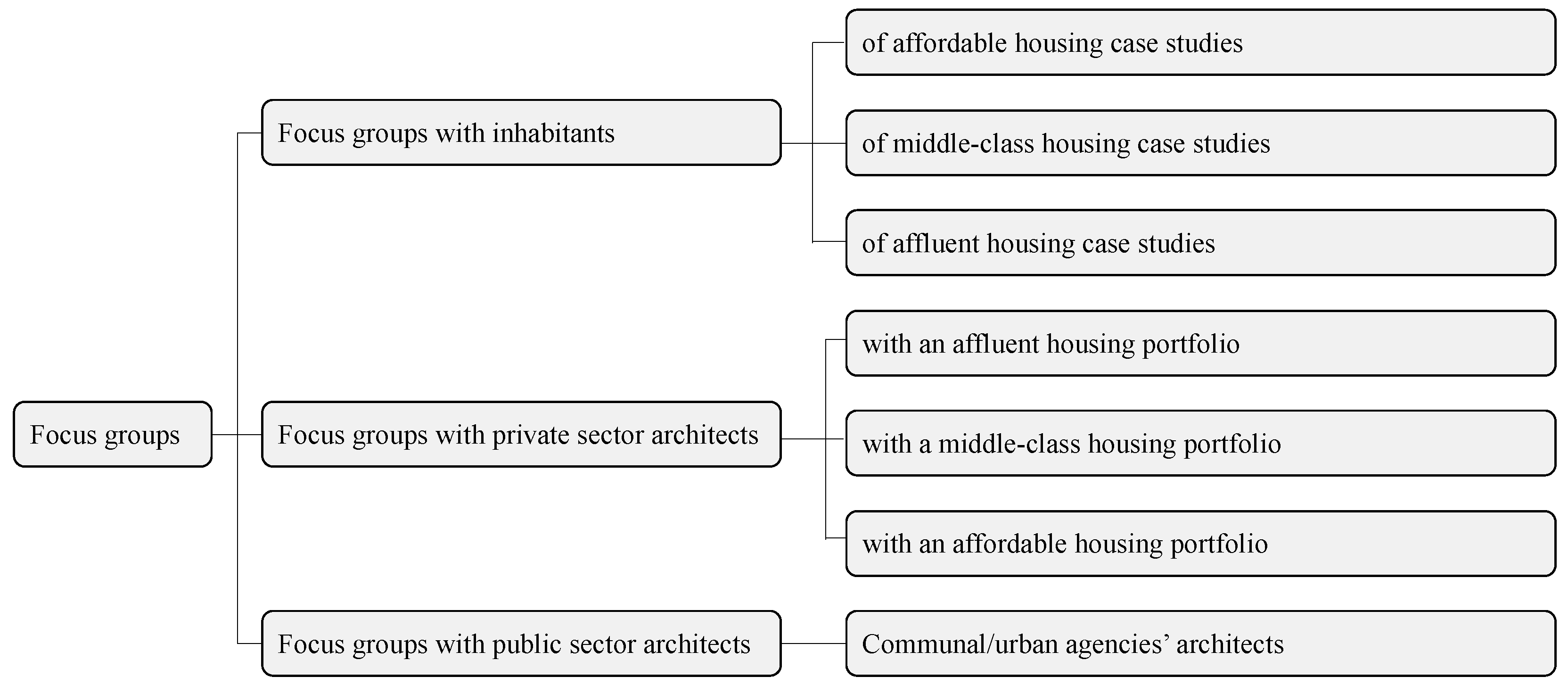
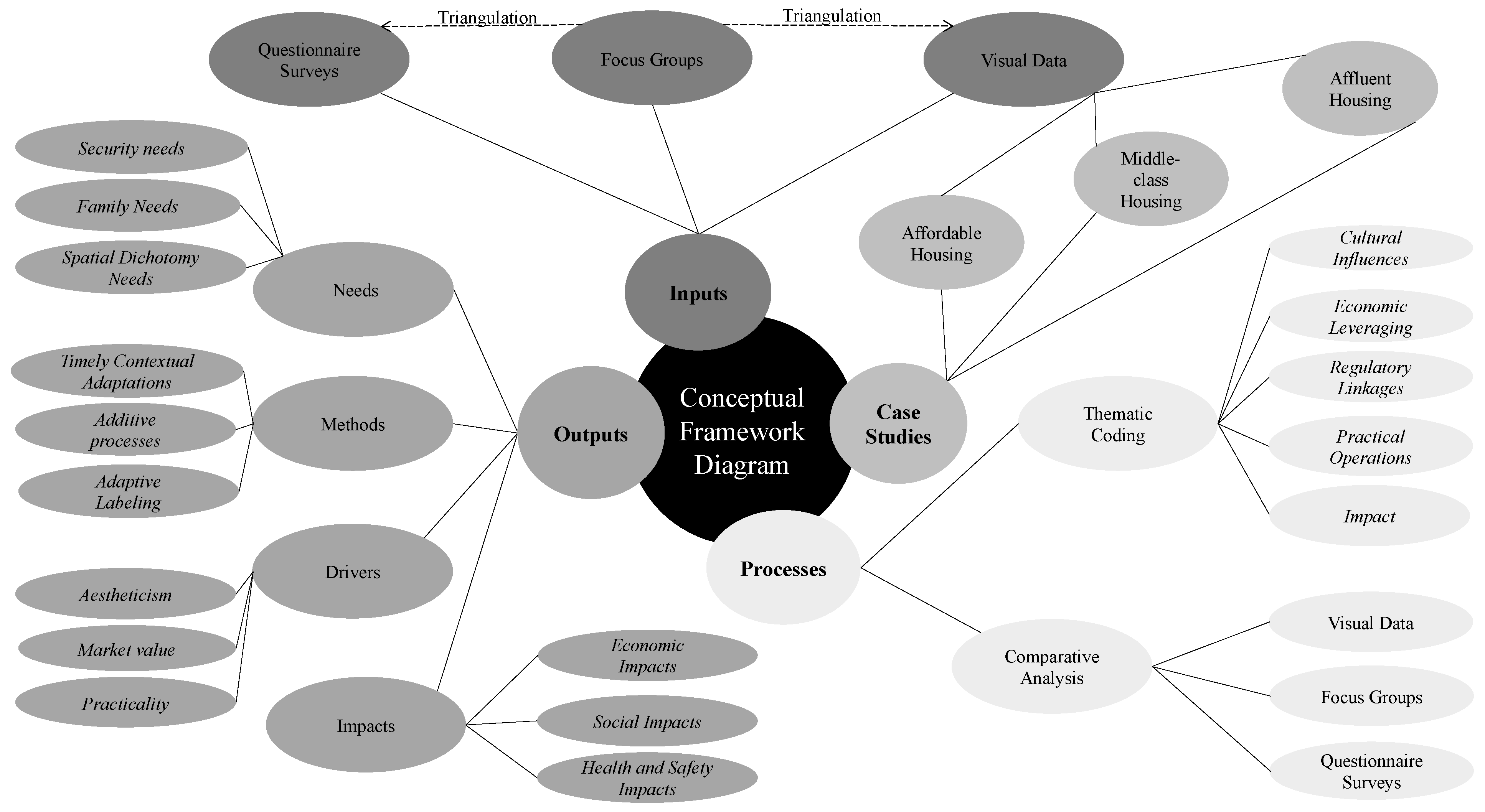
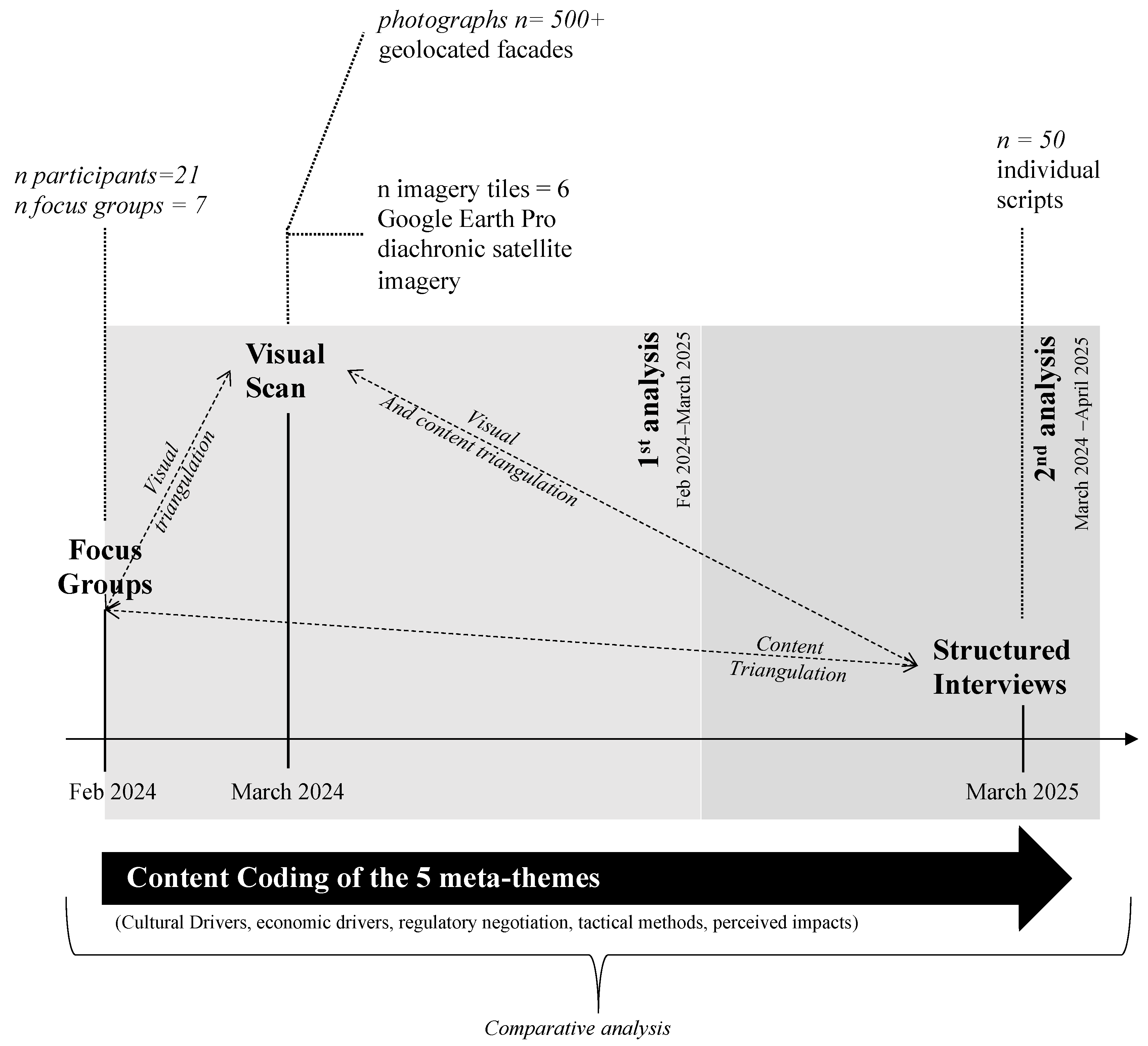
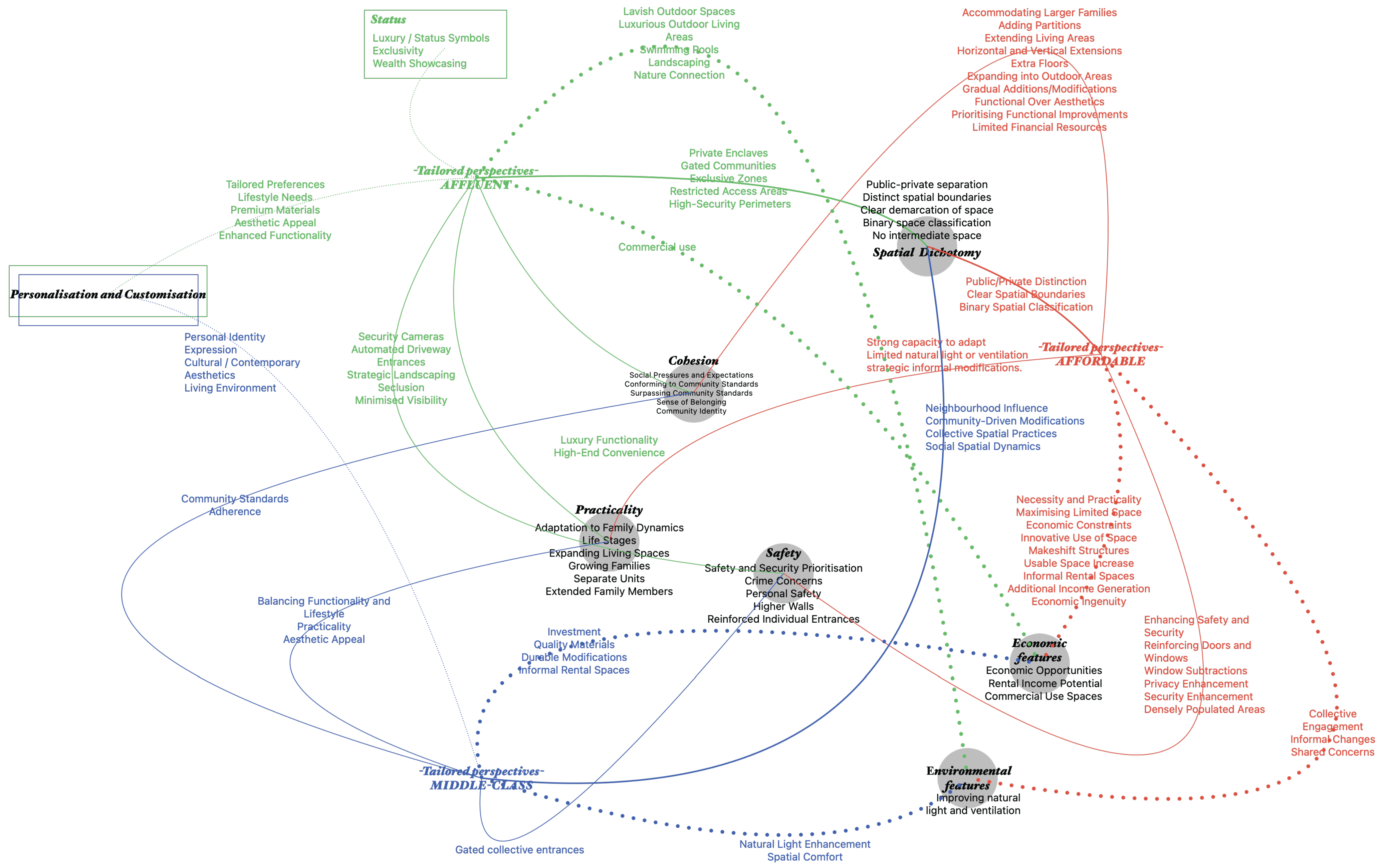
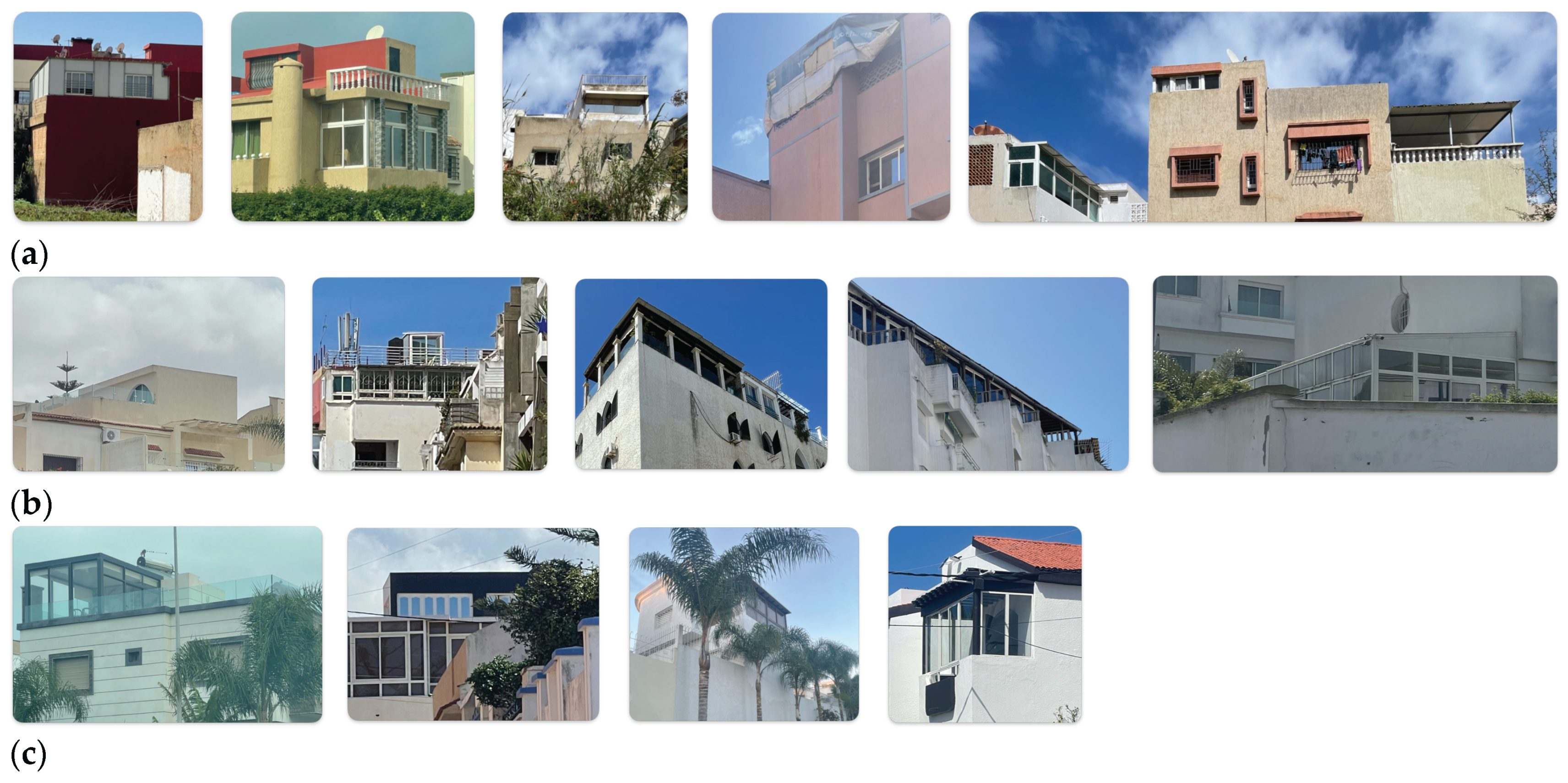





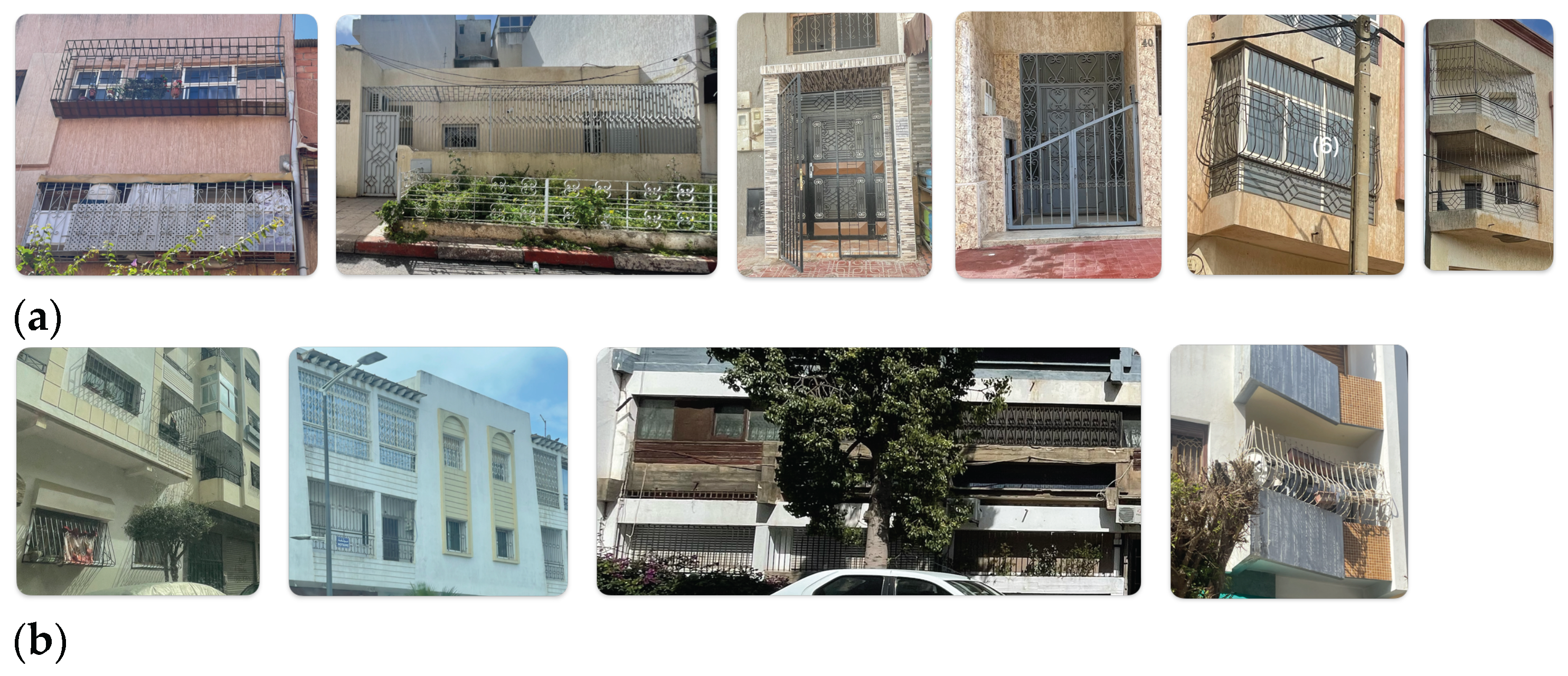

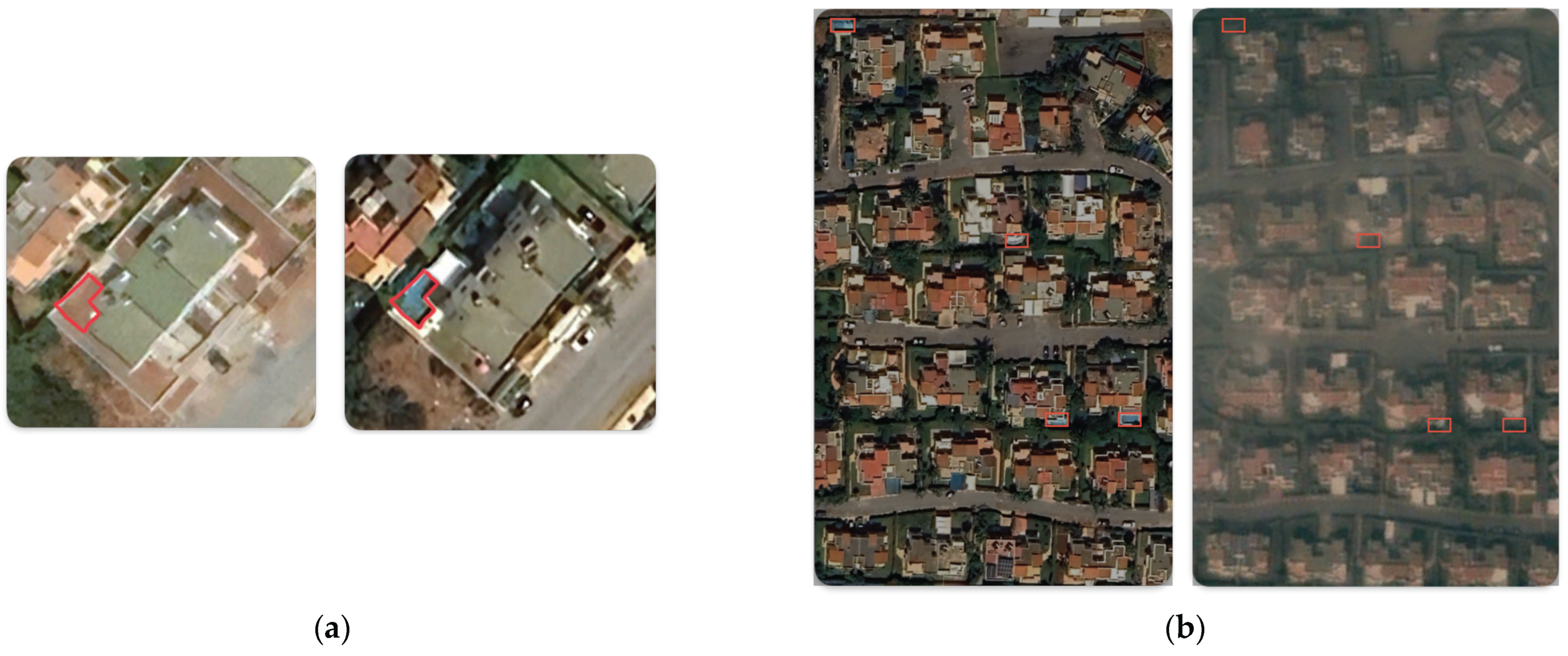
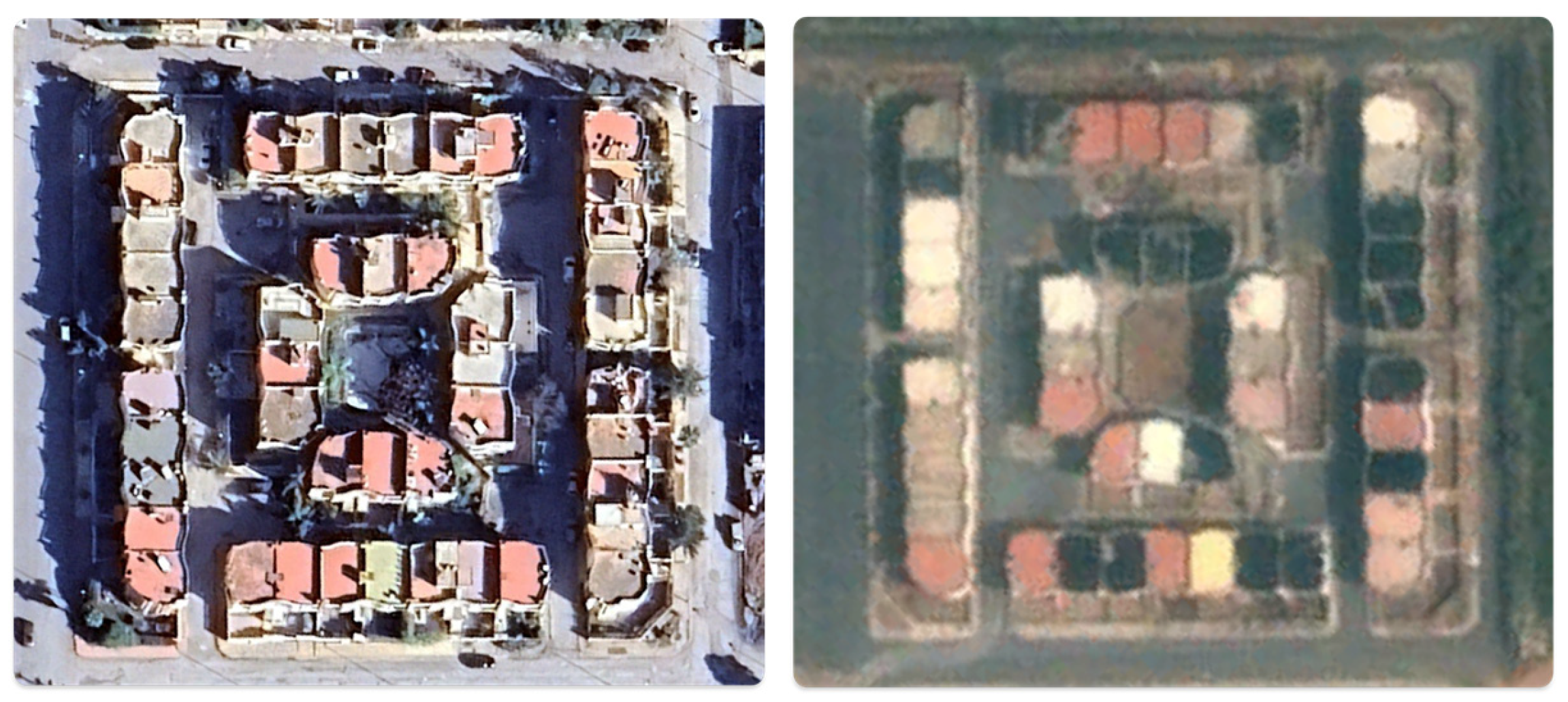
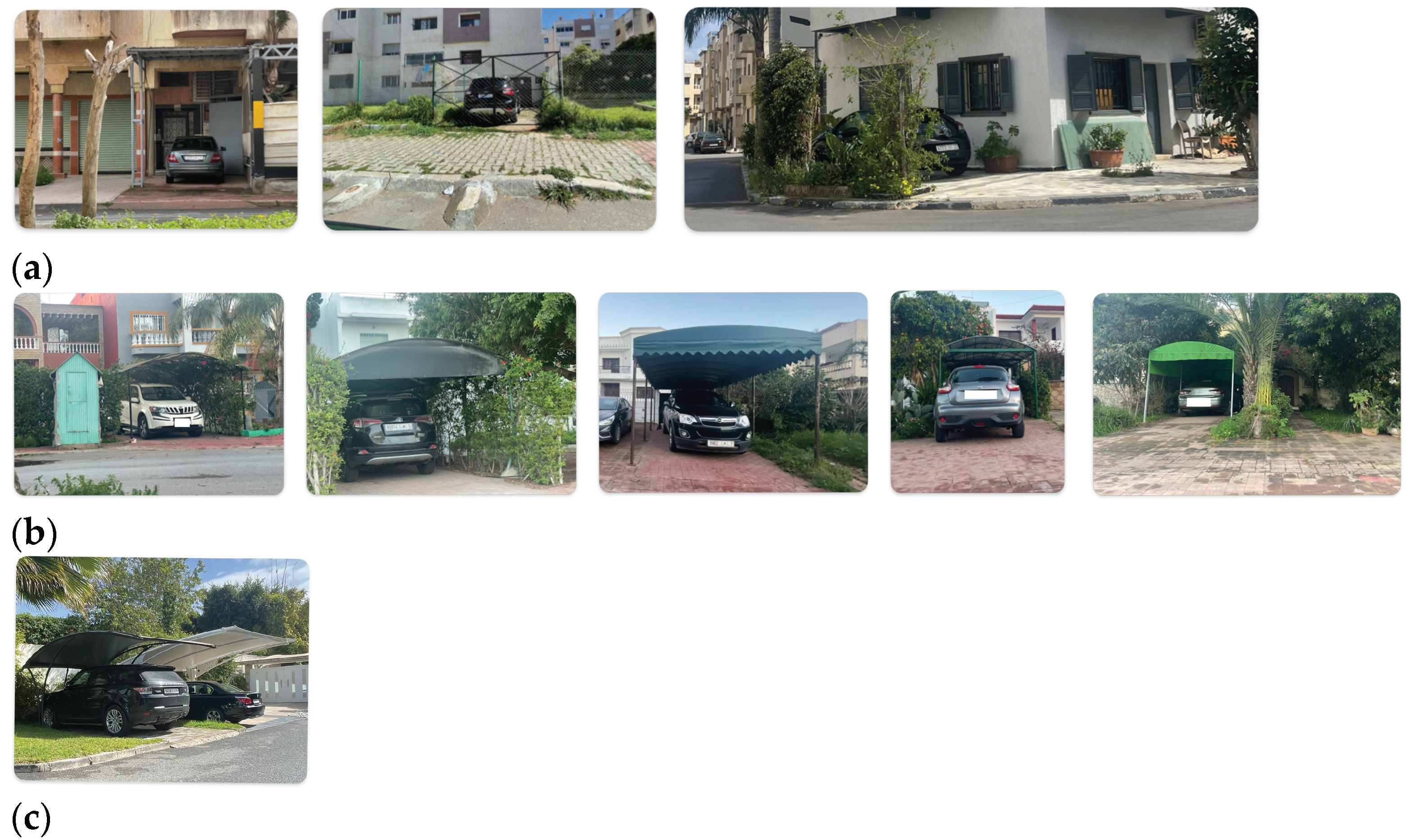
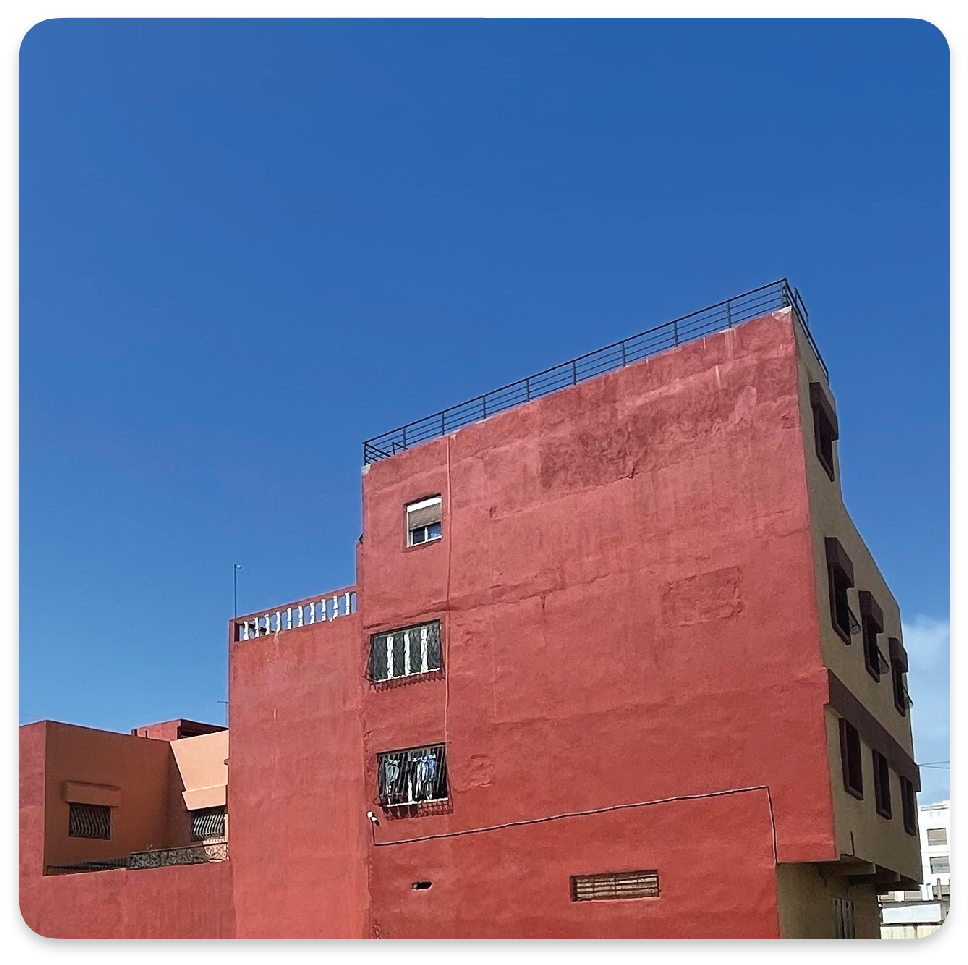

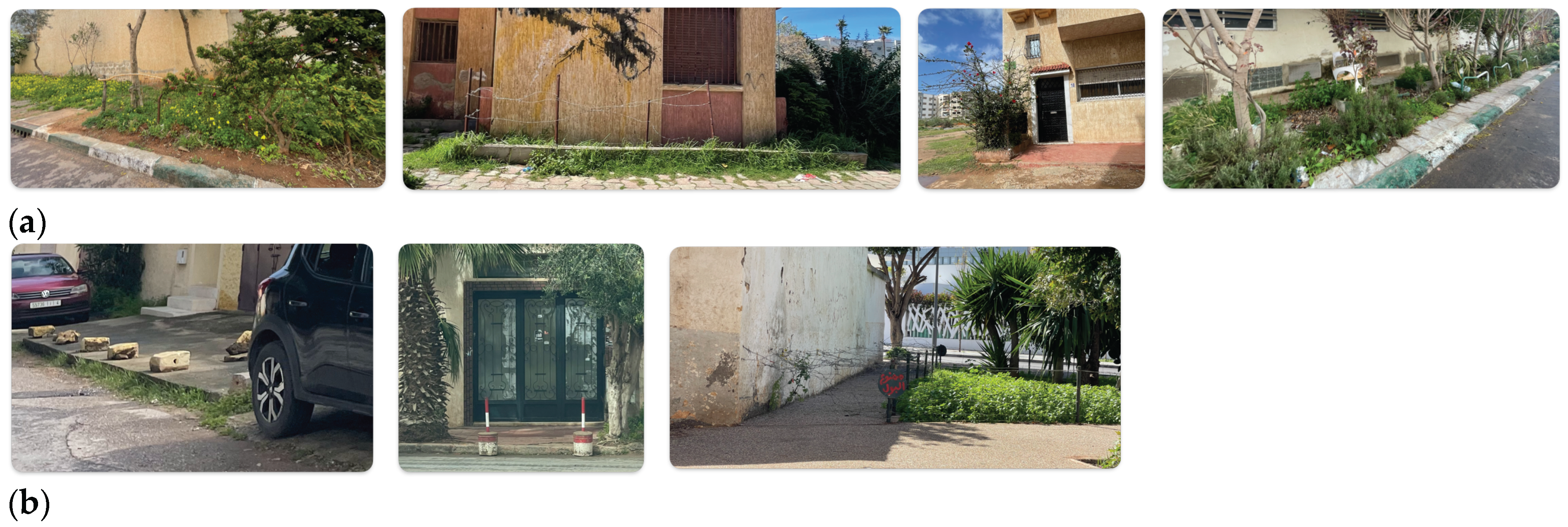

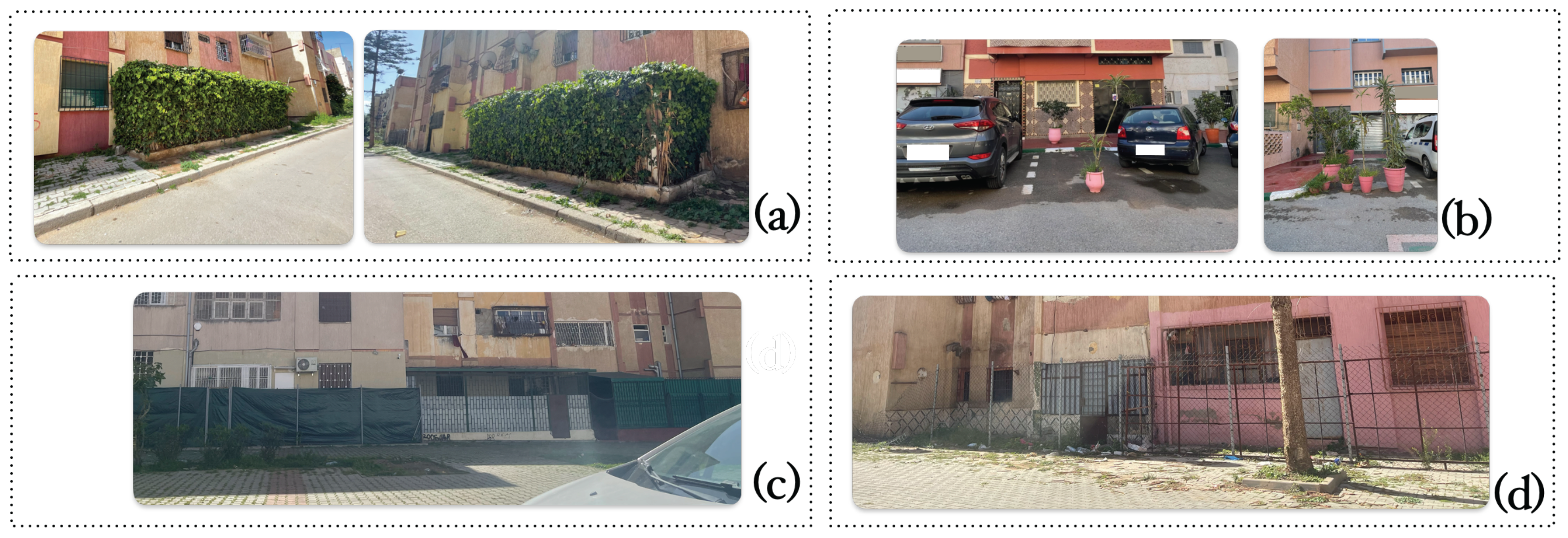
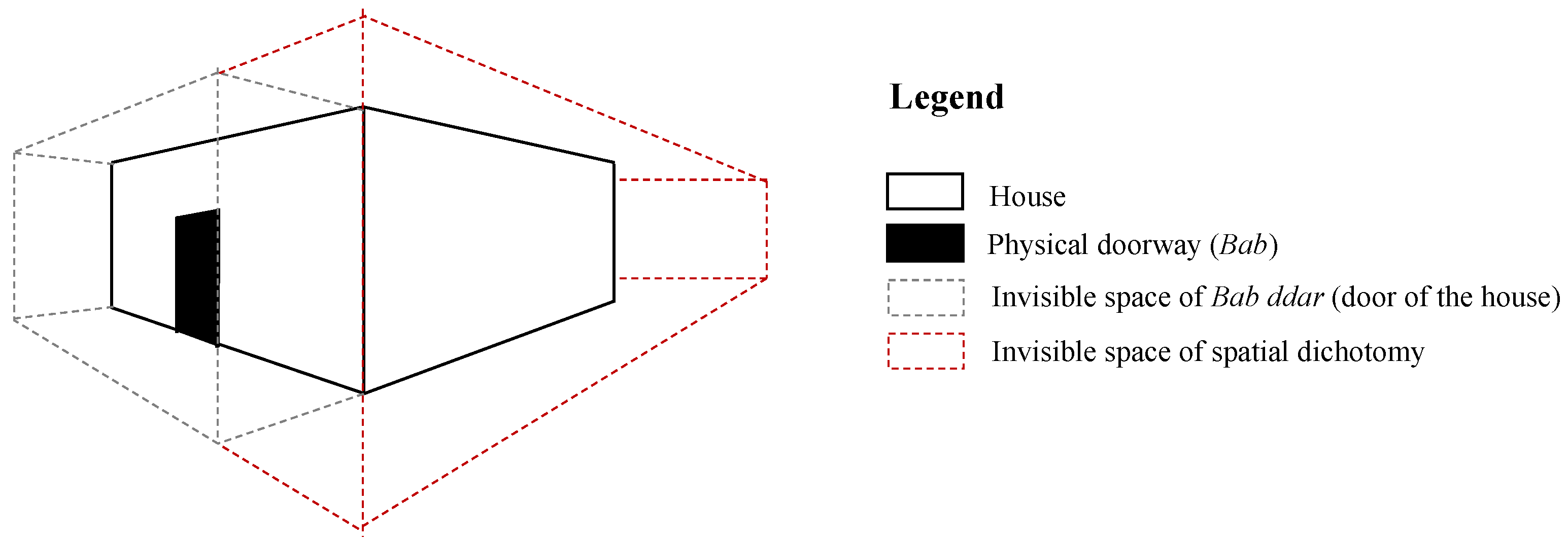

Disclaimer/Publisher’s Note: The statements, opinions and data contained in all publications are solely those of the individual author(s) and contributor(s) and not of MDPI and/or the editor(s). MDPI and/or the editor(s) disclaim responsibility for any injury to people or property resulting from any ideas, methods, instructions or products referred to in the content. |
© 2025 by the authors. Licensee MDPI, Basel, Switzerland. This article is an open access article distributed under the terms and conditions of the Creative Commons Attribution (CC BY) license (https://creativecommons.org/licenses/by/4.0/).
Share and Cite
Mrani, R.; Chenal, J.; Radoine, H.; Yakubu, H. The Quiet Architecture of Informality: Negotiating Space Through Agency. Buildings 2025, 15, 2357. https://doi.org/10.3390/buildings15132357
Mrani R, Chenal J, Radoine H, Yakubu H. The Quiet Architecture of Informality: Negotiating Space Through Agency. Buildings. 2025; 15(13):2357. https://doi.org/10.3390/buildings15132357
Chicago/Turabian StyleMrani, Rim, Jérôme Chenal, Hassan Radoine, and Hassan Yakubu. 2025. "The Quiet Architecture of Informality: Negotiating Space Through Agency" Buildings 15, no. 13: 2357. https://doi.org/10.3390/buildings15132357
APA StyleMrani, R., Chenal, J., Radoine, H., & Yakubu, H. (2025). The Quiet Architecture of Informality: Negotiating Space Through Agency. Buildings, 15(13), 2357. https://doi.org/10.3390/buildings15132357







